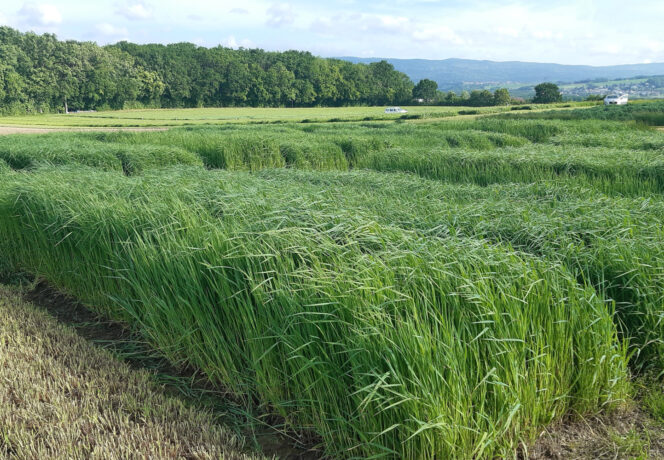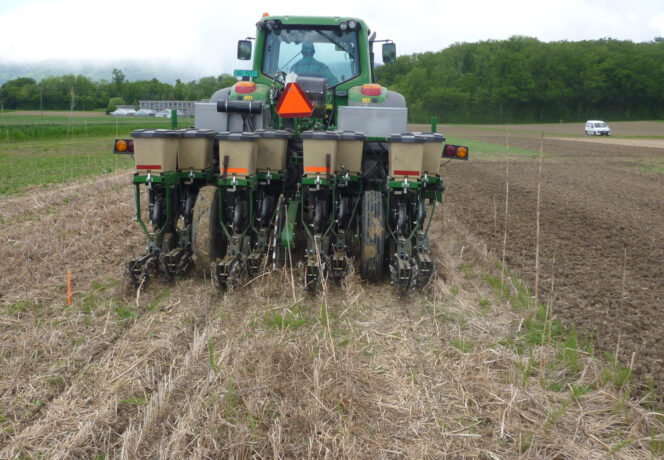
Effect of Flower Strips on Aphid Antagonists in Sugar Beet Fields
Autumn-sown annual or perennial flower strips support antagonists of aphids, which are vectors of virus yellows, a severe disease in sugar beet. The effectiveness of these strips is influenced by floral composition, sowing time point and surrounding landscape elements.




























